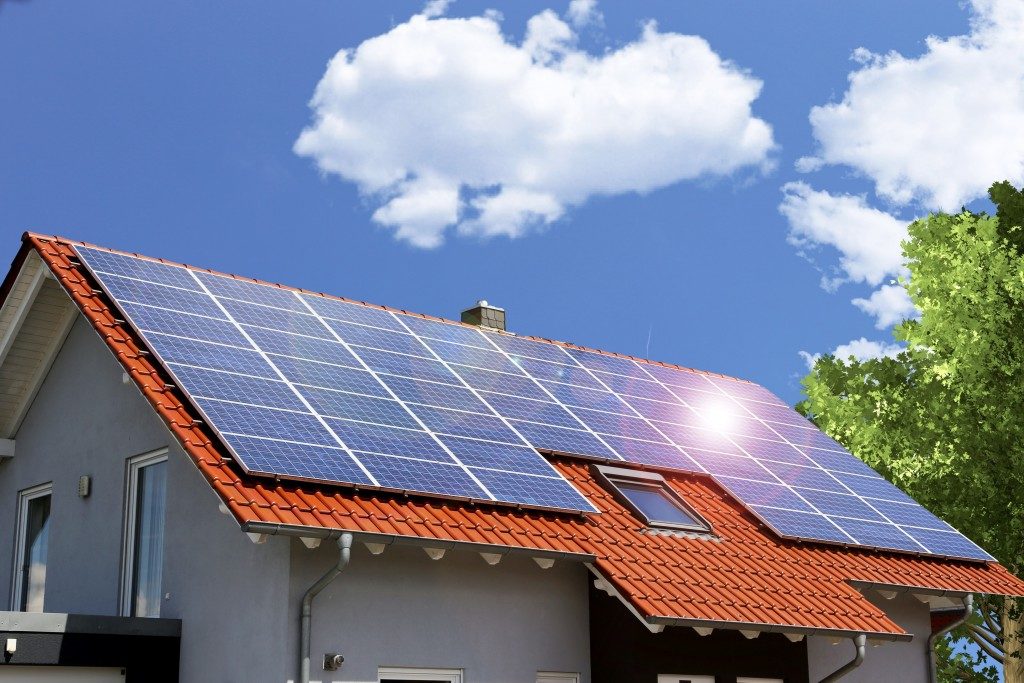Utah’s high altitude comes with their own advantages and disadvantages. Residents, however, might not even be aware of it or are simply taking them for granted. Here are some of the highs and lows of living in elevated Utah cities.
Sunlight Can Power your Home
Higher elevations allow solar energy systems to harness more unfiltered sunlight, and Utah is (fortunately) one of the sunniest states in the nation. According to Elon Musk, by relying on solar power, Utah can provide electricity for the entirety of the nation — except Hawaii, which is probably too far away.
Utah already has more than 50 solar power companies building solar farms that generate electricity for the whole state, or providing individual residents with solar panels to power their homes. Close to 50,000 Utah homes already generated their electricity and more homes are likely to follow the trend.
Solar power already generates close to 10% of Utah’s electricity. With the dropping costs of solar panels, more solar farms are being put up for construction, and more residents are installing personal solar power systems for their homes.
Don’t Forget the Sunscreen
The sun isn’t all good, however. Due to high elevation, Utah residents are exposed to higher concentrations of harmful ultraviolet (UV) rays. Concentrations of UV rays increase by 8% to 10% for every 1,000 meters above sea level.
 Salt Lake City residents are exposed to 10% more UV radiation, while residents near King’s Peak are exposed to up to 40% more. Higher exposure to UV rays is one of the reasons Utah residents have the highest rate of skin cancer in the United States, and even the whole world. Utah residents are two times more likely to develop melanoma and other types of skin cancer.
Salt Lake City residents are exposed to 10% more UV radiation, while residents near King’s Peak are exposed to up to 40% more. Higher exposure to UV rays is one of the reasons Utah residents have the highest rate of skin cancer in the United States, and even the whole world. Utah residents are two times more likely to develop melanoma and other types of skin cancer.
Residents need to take greater care when it comes to sun exposure, whether it’s by wearing protective clothing or simply applying sunscreen.
Driving your car can already leave you vulnerable. Most Utah residents develop skin cancer on the left side of their body — the side exposed while driving. Male residents are especially vulnerable due to occupational sun exposure added to the aversion to using sun protection products.
Home-Court Advantage is Way Up
Whether it’s basketball, soccer, or rugby, Utah has one of the biggest advantages when it comes to hosting games. Visiting teams will be often left catching their breath due to the thinner air due to the higher elevation.
It takes the human body two to three weeks to fully adapt to higher elevations, shorter if you’ve already recently adapted. This gives visiting teams a sharp disadvantage, while home teams can easily adjust even if they play out of state. Studies have repeatedly shown that both the Utah Jazz and the Denver Nuggets (another team playing in high elevation) have the most significant home-court advantages, especially when they play up-tempo.
Elevation has its ups and downs. You can leave your foes breathless and reeling as the crowd cheers on, but everything is even in their home turf. You can harness the sun’s power more efficiently to power your home. All you need is to just make sure you protect yourself and don’t get burned in the process.





